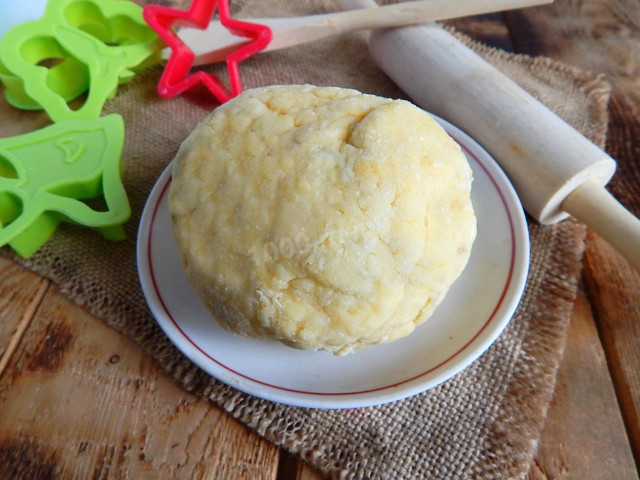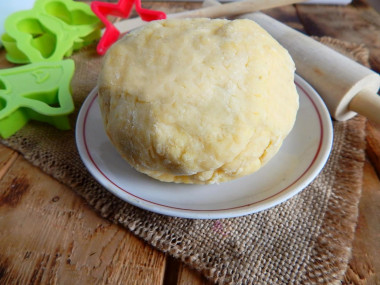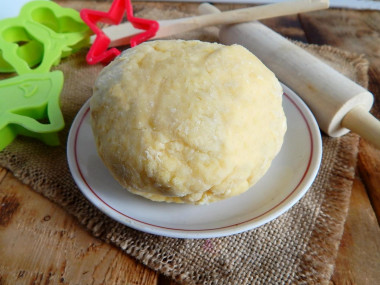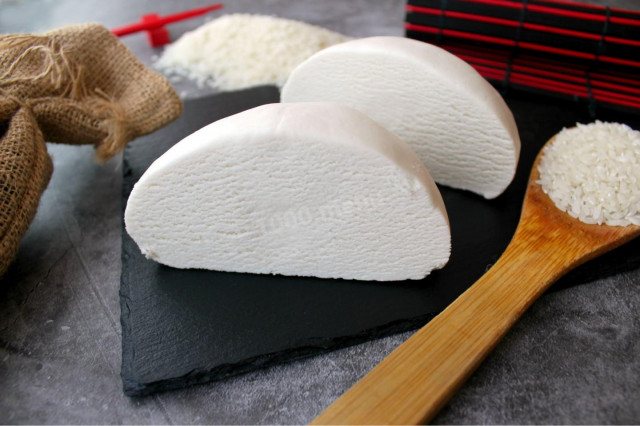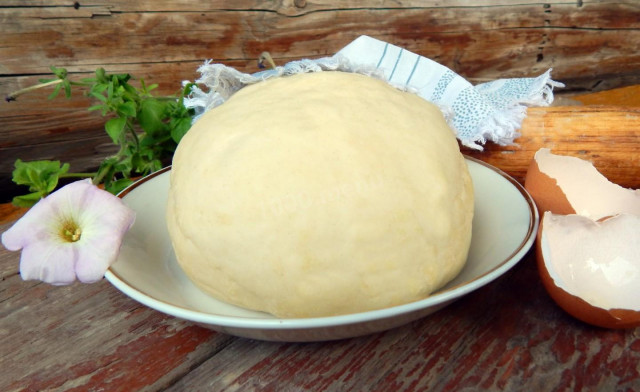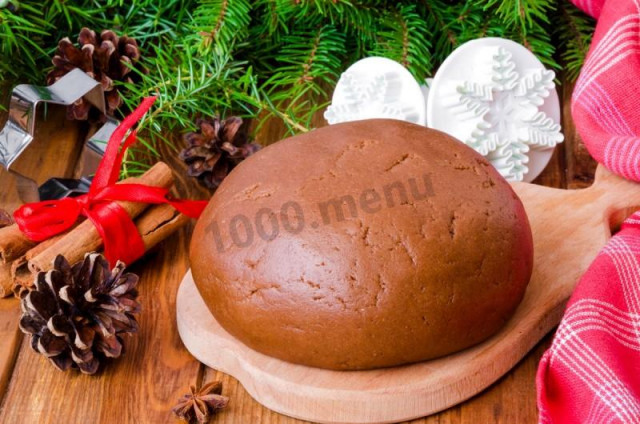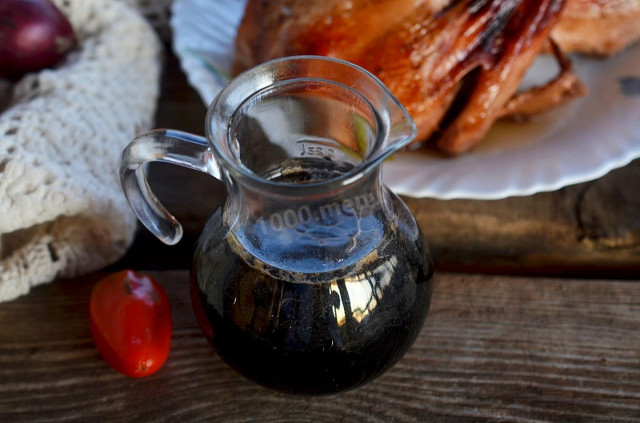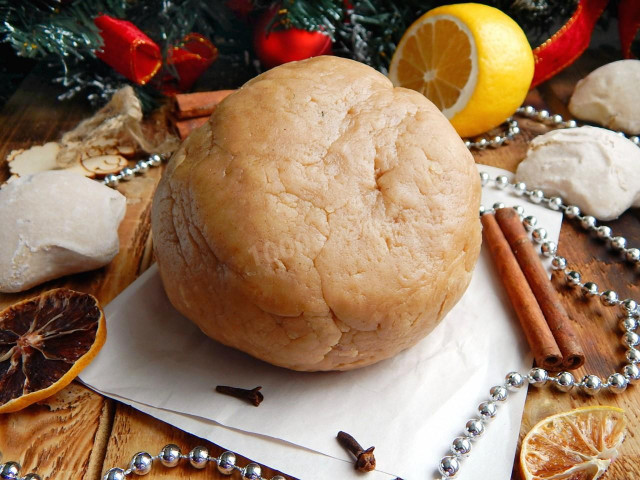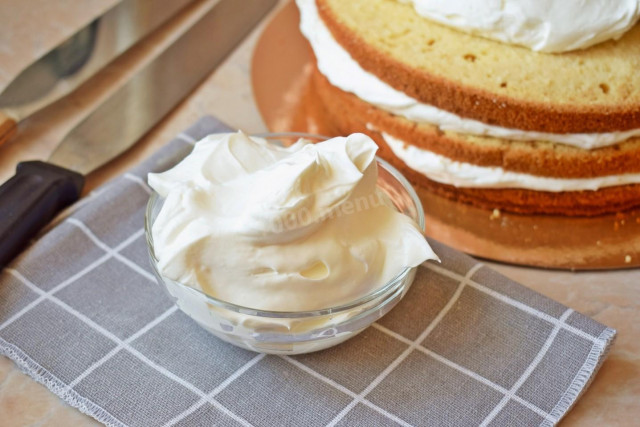Composition / ingredients
Step-by-step cooking
Step 1:
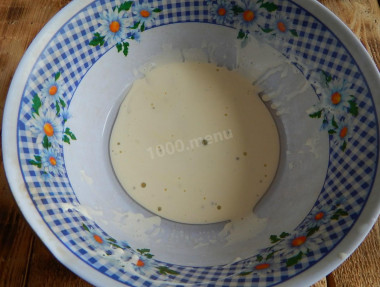
Prepare the ingredients according to the list. These products will always be found in the refrigerator of caring housewives. In addition to the simplicity and speed of making shortbread dough and baking from it, it should be noted as a merit and its budget, because margarine is a very cheap product. Melt the creamy margarine in the microwave and let it cool to room temperature.
Step 2:
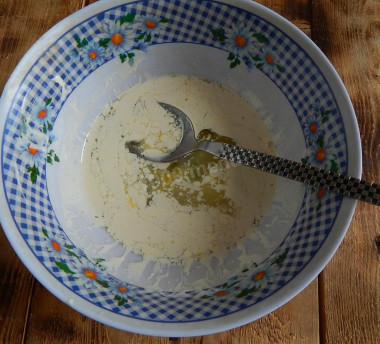
In a bowl with melted margarine, add sugar and beat in a chicken egg. With a whisk or spoon, rub the ingredients until a homogeneous mixture is obtained.
Step 3:
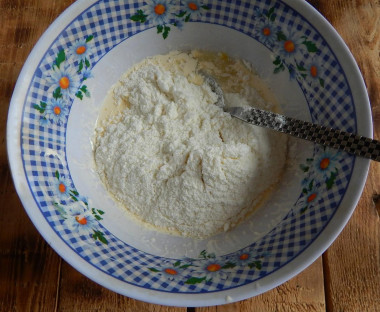
In a bowl with a liquid mixture, pour the sifted wheat flour mixed with baking powder. Instead of baking powder, you can use soda, slaked with table vinegar, taken in identical parts (one third of a teaspoon). Note that more or less flour may be required: it all depends on the size of the egg and the properties of the flour itself. Focus on the consistency of the dough!
Step 4:
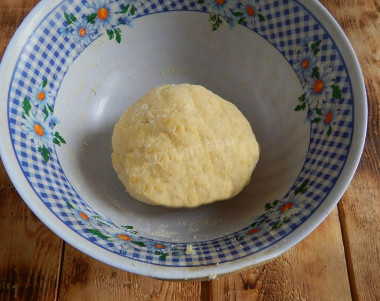
Mix the ingredients and knead the elastic smooth dough. It is not necessary to knead the shortbread dough with your hands for a long time, otherwise the cookies will turn out hard and hard. The main task is to collect the dough into a ball.
Step 5:
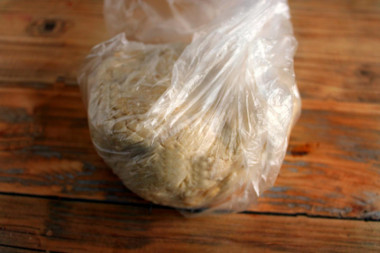
Wrap the dough in plastic wrap or a bag and put it in the refrigerator for 20 minutes. The dough needs to be cooled so that the margarine contained in the dough freezes a little, and the dough becomes plastic and malleable in operation. Otherwise, it will be difficult to roll it out and make a beautiful curly shortbread. We take the rested dough out of the refrigerator, roll it out on the floured work surface and cut out the cookie blanks with curly cuts.
Be prepared for the fact that flour may need more or less than indicated in the recipe. Focus not on the amount of flour, but on the desired consistency of the dough. To avoid mistakes, sift a little more flour than indicated in the recipe, but first add a little less to the dough than according to the recipe (having previously mixed with baking powder). Add the rest of the flour as necessary, adjusting the amount of flour to the desired consistency. Read more useful information in the article about flour and its properties!
Is it possible to replace baking powder with soda, how to add them correctly so that the baking is lush, how to avoid an unpleasant soda taste and much more, read the article "Baking powder or baking soda - which is better?"
History says that the first cookie was created by man more than 10 thousand years ago. In those days, cookies were called a small part of the dough prepared for a variety of pastries, which was rolled into a ball and sent to the oven to determine whether it was well heated and ready for baking. Cookies in the concept that we know about appeared only in the eighth century BC in Iran, where sugar first appeared.
Caloric content of the products possible in the composition of the dish
- Granulated sugar - 398 kcal/100g
- Sugar - 398 kcal/100g
- Table margarine - 720 kcal/100g
- Cream margarine - 720 kcal/100g
- Milk margarine - 743 kcal/100g
- Low-fat margarine - 384 kcal/100g
- Margarine sandwich - 688 kcal/100g
- Margarine for baking - 675 kcal/100g
- Margarine dietary - 366 kcal/100g
- Margarine bold 40% - 415 kcal/100g
- Margarine - 720 kcal/100g
- Wheat flour - 325 kcal/100g
- Baking powder - 79 kcal/100g
- Chicken egg - 80 kcal/100g

